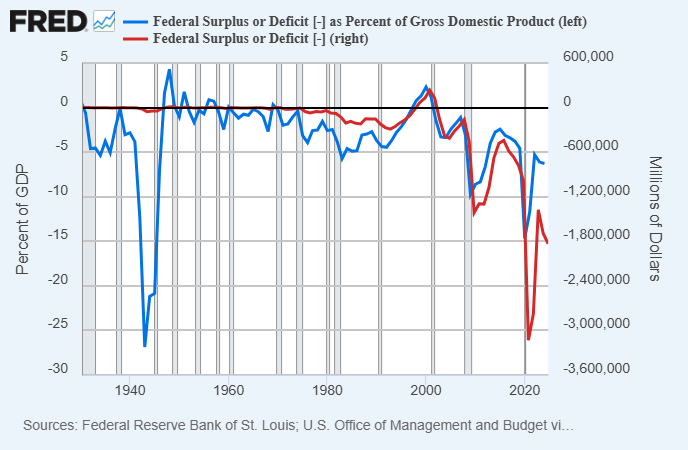Astronomers Suggest That Entire Stars Are Being Obscured by Giant "Lampshades" of Dark Matter
Hunting for dark matter, the invisible substance thought to account for 85 percent of all matter in the cosmos, isn't easy. If it interacts with light at all, it does so incredibly weakly. Still, we can see its handiwork everywhere, with its gravitational pull determining the formation of the largest cosmic structures like galaxies, to even individual stars. Now, a team of astronomers are proposing a new technique for searching for dark matter— and it runs counter to its reputation as a completely invisible haunting the universe. In a recent study published in the journal Physical Review Letters, the astronomers […]


Hunting for dark matter, the invisible substance thought to account for 85 percent of all mass in the cosmos, isn't easy. If it interacts with light at all, it does so incredibly weakly. Still, we can see its handiwork everywhere, with its gravitational pull determining the formation of everything from whole galaxies to individual stars.
Now a team of astronomers is proposing a new technique for searching for dark matter — and it runs counter to its reputation as a completely invisible, light-inert presence haunting the universe.
In a recent study published in the journal Physical Review Letters, the astronomers raise the possibility that clumps of the mysterious stuff could actually be acting as "lampshades" around stars, dimming their light just enough to be detectable by our present-day telescopes.
"While we usually say dark matter does not interact with light at all, making it totally transparent and invisible, the truth is, it is allowed to interact with light a tiny bit," coauthor Melissa Diamond at Queen's University in Ontario, Canada, told Space.com.
"Dark matter might form large clumps or clouds, often called MACHOs," she continued. "There may be enough dark matter in these MACHOs that their weak interactions with light collectively block light from passing through the cloud, like how a lampshade blocks some but not all light from getting through."
What dark matter actually is remains a mystery despite being a cornerstone of modern cosmology, but there are several strong candidates. The prevailing theory is that it's made of a hypothetical class of particles called weakly interacting massive particles, or WIMPs, which neither emit nor absorb light, don't interact with standard baryonic matter, and are slow and heavy enough to exert a powerful gravitational influence while clumping together. So far, experiments to detect WIMPs have been unsuccessful.
For this latest study, the researchers explore another dark matter suspect called massive astrophysical compact halo objects, or MACHOs. Unlike other candidates, MACHOs are hypothesized, rather conveniently, to comprise ordinary matter. They aren't a substance hitherto unknown to science, but a hodgepodge of well-studied cosmic objects like ultra-dense neutron stars or black holes. Since these objects typically give off little to no light, that would explain why they go undetected by our telescopes, especially if they're isolated in the outskirts of their galaxy. Another key point is that MACHOs don't have to be the only type of dark matter out there — maybe it's a mix of WIMPs and other candidates.
Astronomers have reported detections of MACHOs using a technique called gravitational microlensing. When the light from a background source is warped by the gravity of a massive object — like a MACHO — it gets bent in such a way that it acts like a natural lens, brightening the light. But this has its drawbacks. If the intervening object isn't massive enough, or if its matter is spread too thinly, then its lensing effect may be too slight to notice, Diamond explained.
"This is where the lampshade effect can make a big difference," she told Space.com. "While the clump might be too puffy to make for a good lens, it can still block some starlight, causing the star to dim instead of brightening."
"The advantage of this technique is that it works for dark matter objects that are difficult or impossible to search for using available techniques," she added.
And we can actually start looking for these lampshades now using surveys already available to us, like the Optical Gravitational Lensing Experiment — no new telescopes required.
"This technique lets us get new use out of existing data, and lets us look for new types of MACHOs that microlensing surveys might not otherwise be sensitive to," Diamond told Space.com.
What makes this so exciting is that if these lampshade detections are borne out by the evidence, we'd gain a stronger idea of dark matter is, Diamond said. And if they aren't made, then we've narrowed down the list of dark matter candidates. As it stands, MACHO skeptics argue we haven't seen enough of these objects out there to account for all of dark matter.
More on space: James Webb Peers Into Mysterious Haze Covering Pluto
The post Astronomers Suggest That Entire Stars Are Being Obscured by Giant "Lampshades" of Dark Matter appeared first on Futurism.




































































































































































































